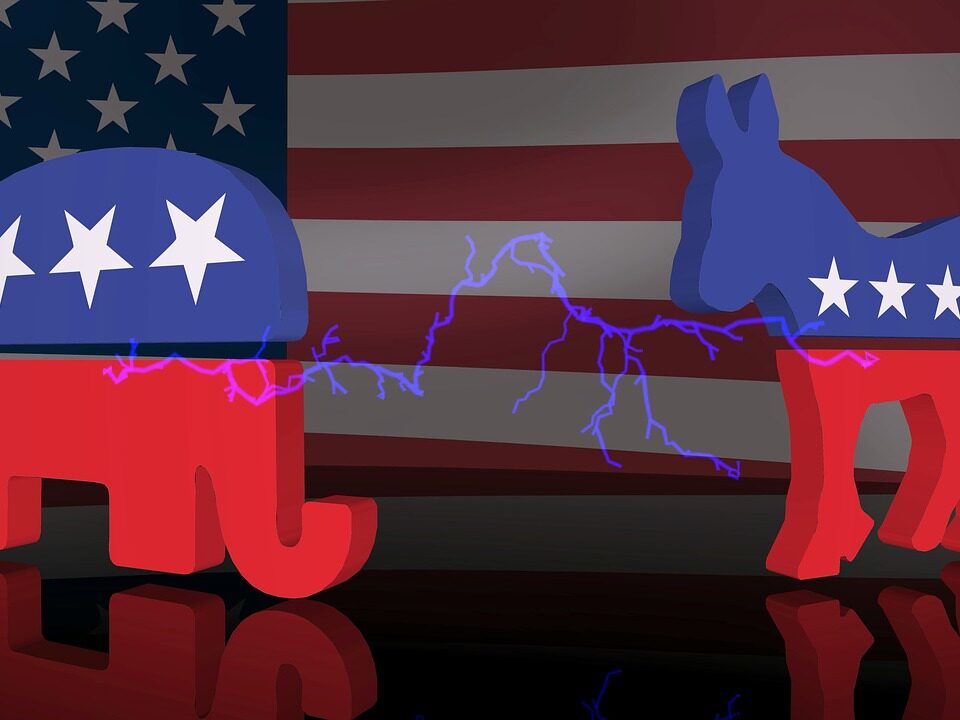
Understanding a Pandemic GDP
August 2, 2020
The Freezer Farm Where Covid-19 Vaccine Will Chill
August 4, 2020At this moment we can ask whether and when we will have a vaccine. And then, who should get it?
During the 2009 swine flu (H1N1) epidemic, we had a vaccine in just seven months. At first, the world’s wealthiest countries controlled the supply. Then, once they confirmed they had enough for their own people, the U.S., Australia, Canada, and six others said they would share 10 percent with poorer countries.
Most economists are concerned with this kind of vaccine nationalism.
Vaccine Nationalism
The U.S. program to develop a vaccine is for Americans…only. The goal is hundreds of millions of doses by the beginning of 2021. Yes, it could all work. But an economist from the Peterson Institute and a lawyer from the Council on Foreign Relations are concerned with the plan’s vaccine nationalism.
The beginning of the vaccine development process will include purification and the end will involve testing, first with a few people, and then many thousands. Producing the vaccine will require purified raw ingredients, stabilizers, preservatives, and the adjuvants that create the immune response. At the end, to “fill and finish,” they will need vials and syringes.
In the past, only four multinational corporations have had the capacity to produce the billions of doses we need. Now another 12 or so companies are also possibilities. Overseeing it all, federal regulators will be concerned with safety and efficacy. To ensure quality, they’ve traditionally licensed the processes and facilities at each stage of production.
But then, what comes next?
Implementing vaccine nationalism, a country could limit distribution to its own population and all could work out. But things could go wrong. They could face unexpected efficacy or quality problems. With others also banning vaccine exports, there would be no shared back-up. Or, the export restrictions could exclude ingredients and push prices sky high because of global competition. Another result of this vaccine nationalism is its spill over. Facing the spread of the disease elsewhere, other industries that need global supply chains would suffer. The chance of future cooperation is also jeopardized.
Our Bottom Line: The Fallacy of Composition
All of this has happened already. For PPE, countries created export restrictions that were supposed to maximize the local supply. Instead, in the U.S., we wound up with shortages. New York’s Governor Cuomo said he was competing globally for the PPE hospitals needed. Had he been alone, it would have been easy. But bidding against other states and countries, he helped prices soar and supplies dwindle.
An economist would have said it sounds like the fallacy of composition.
Comparing the individual and the group, the fallacy of composition says that sometimes what works for very few people can be bad for everyone. In a movie theater, one person can rush for the exit if there is a fire. But when everyone tries, few can. If one farmer has a bumper crop, she can take advantage of high prices. However, when everyone harvests more, the supply curve shifts to the right and price plunges.
Similarly, temporarily, a single nation could benefit from exclusively having a vaccine. However, when many nations race to create one, they compete for similar inputs, they elevate their prices, and they eliminate the synergy of sharing. Only through global cooperation–not vaccine nationalism– can they fight a global pandemic.
If you have a spare 45 minutes, do take a look at a vaccine nationalism discussion:
My sources and more: Thank to the Planet Money Indicator for alerting me to the Foreign Affairs vaccine nationalism article. From there, David Ricardo’s comparative advantage is so very relevant.
![econlifelogotrademarkedwebsitelogo[1]](/wp-content/uploads/2024/05/econlifelogotrademarkedwebsitelogo1.png#100878)




